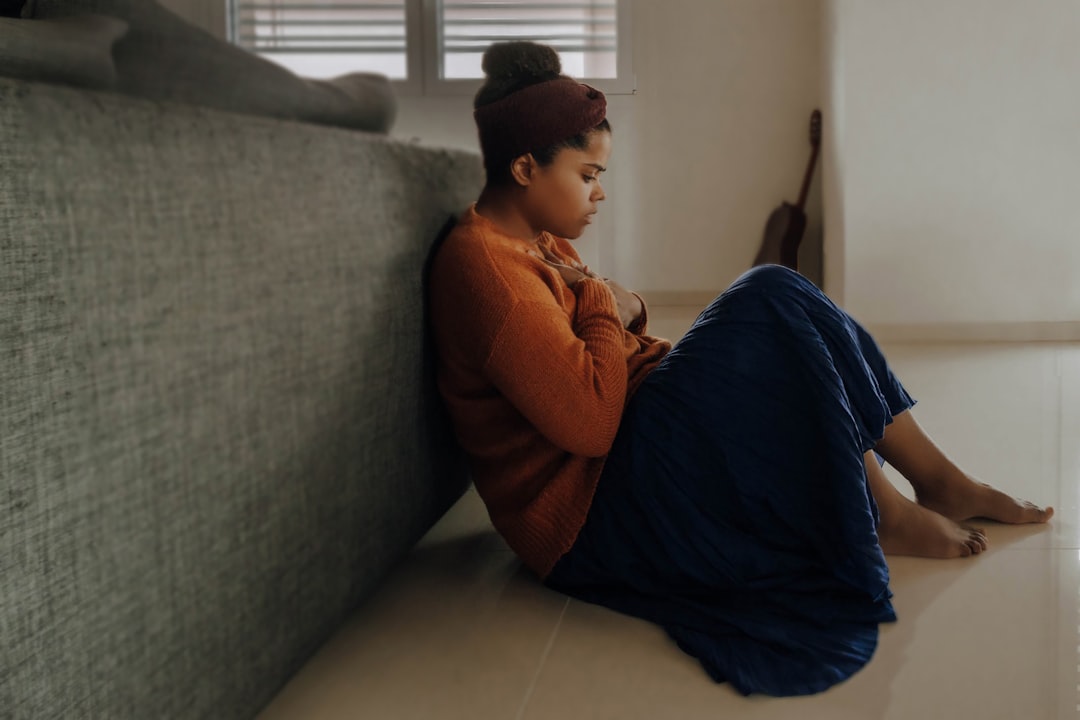What is it about?
In this paper we studied the activity of inhibitory networks in the brains of stroke patients with relatively severe arm impairment. We show differences in the amount of inhibition targeting different muscles within the stroke-affected arm. Importantly, these differences also correlated with the level of motor recovery, suggesting that these measures could reflect a physiological mechanism for motor recovery post-stroke.
Featured Image
Why is it important?
There has been little study of motor recovery mechanisms in stroke patients with relatively severe motor impairment. Here we demonstrate the feasibility of making physiological measurements in this group. We also show, intriguingly, differences between the flexor (biceps) and extensor (triceps) muscles of the elbow that reflect the level and type of impairments that are observed clinically.
Read the Original
This page is a summary of: Neural Substrates of Motor Recovery in Severely Impaired Stroke Patients With Hand Paralysis, Neurorehabilitation and Neural Repair, July 2015, SAGE Publications,
DOI: 10.1177/1545968315594886.
You can read the full text:
Contributors
The following have contributed to this page










